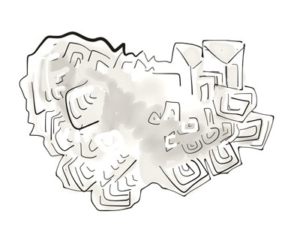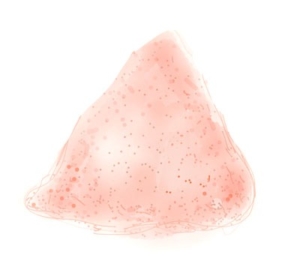What makes our tooth powder so special is the ingredients.
Researched and science based.
Calcium Carbonate
Remineralization of Enamel, Whitening, Decreasing Sensitivity of Enamel
Research has indicated that using calcium carbonate can be a powerful ingredient to remineralize teeth with. It’s also shown in studies to decrease enamel sensitivity. Many products that are marketed for this purpose use calcium in their formula.
Himalayan Pink Salt and Sea Salt
Remineralization of Enamel, Whitening, Decreasing Sensitivity of Enamel
Salt is highly antibacterial naturally and is high in naturally occurring trace minerals. Teeth are porous bone structures. Bones need minerals. The base of our tooth powder provides tooth remineralization. And a big bonus is that it also provides soft abrasion (powdered sea salt is between 0.035 – 0.5 microns (um), which is extremely small)- just enough to rid tough stains.
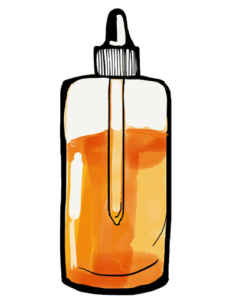
High Quality Wild-Crafted and/or Organic Essential Oils
Antibacterial, Antiseptic, Anti-Inflammatory, Astringent, Antioxidant
“Wild crafted” is the name for plants that don’t typically come from farming, instead they are wild harvested. These plants are not conventionally farmed so very little equipment is used and no known chemicals are used. Some essential oils have promising effects against oral pathogens and suggest its likely usefulness to combat microbial grown. [1,2,3]. Essential oils have amazing healing properties for gums that are bleeding or inflammed. Our oils are critical to our tooth powder and we make sure we have THE highest quality.
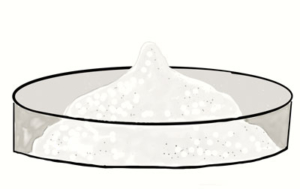
Non GMO Xylitol
pH neutralizer, Inhibits Bacterial Growth
Pregnant women who chew xylitol up to 4 times a day produce babies who have significantly less caries up to 5 years of age. [4] Why? Xylitol is a pH neutralizer. We love it. Xylitol is a sugar alcohol that inhibits the growth of streptococcus mutants. We use a Non GMO form made from corn cobs. We chose this kind of xylitol because it’s HIGHLY renewable.
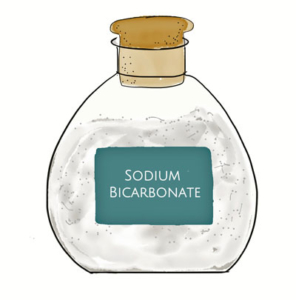
Sodium Bicarbonate
Antiplaque, Antiseptic, High Alkalinity, Teeth Whitening
Considered one of the best components of a toothpaste, “baking soda” was used for well over a century to clean teeth. It has suppporting research showing it’s usefulness in dental products.[2] Still used in dentist’s offices for that final cleaning that leaves your teeth feeling smooth and wonderful, it offers a fine abrasion that takes stains off teeth (a mechanical cleanser like the Celtic Sea Salt), is an ANTISEPTIC to prevent infections and it’s ALKALINE. Toothpaste that uses sodium bicarbonate has better teeth whitening [5,5,6,8] and plaque removal POWERS. [9,10]
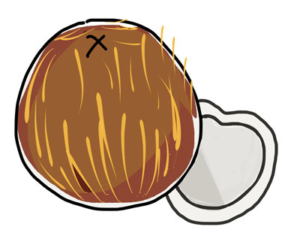
Extra Virgin Coconut Oil
Potential Antibacterial, Antiplaque, Restores Moisture
Coconut oil has been and has been a traditional Indian folk dental remedy for thousands of years. Studies show it can prevent biofilm formation and it’s potential effectiveness against plaque. [11 ,12]. The fats in the oil also help with cracked lips and dry throat when used as a swish.
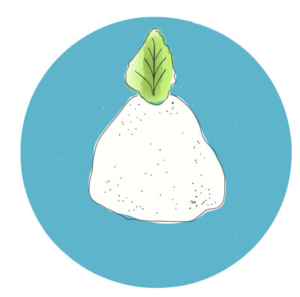
Organic Stevia
Antiplaque, Antibacterial
Biofilm is the “hairy tooth” feeling you get in your mouth when you don’t brush for a while. It’s caused by bacteria congregating. Some studies have shown stevia as a potential “biofilm buster”, while others show it improving bone health. We use just a pinch to balance flavor, but we like that is has some scientific merit for improving oral health.
References
- Lobo PL, Fonteles CS, Marques LA, Jamacaru FV, Fonseca SG, de Carvalho CB, de Moraes ME. The efficacy of three formulations of Lippia sidoides Cham. essential oil in the reduction of salivary Streptococcus mutans in children with caries: A randomized, double-blind, controlled study. Phytomedicine. 2014 Jul-Aug;21(8-9):1043-7. doi: 10.1016/j.phymed.2014.04.021.
- da Silva TF, Vollú RE, Jurelevicius D, Alviano DS, Alviano CS, Blank AF, Seldin L. Does the essential oil of Lippia sidoides Cham. (pepper-rosmarin) affect its endophytic microbial community? BMC Microbiol. 2013 Feb 7;13:29. doi: 10.1186/1471-2180-13-29.
- Botelho MA, Nogueira NA, Bastos GM, Fonseca SG, Lemos TL, Matos FJ, Montenegro D, Heukelbach J, Rao VS, Brito GA. Antimicrobial activity of the essential oil from Lippia sidoides, carvacrol and thymol against oral pathogens. Braz J Med Biol Res. 2007 Mar;40(3):349-56.
- Burt, Brian. “The use of sorbitol-and xylitol-sweetened chewing gum in carries control.” (PDF). American Dental Association. JADA, VOL. 127.
- Silje Storehagen, Nanna Ose og Shilpi Midha. “Dentifrices and mouthwashes ingredients and their use” (PDF). Institutt for klinisk odontologi. Universitetet i Oslo.
- Kleber, CJ; Moore, MH; Nelson, BJ (1998). “Laboratory assessment of tooth whitening by sodium bicarbonate dentifrices.”. The Journal of clinical dentistry 9 (3): 72–5. PMID 10518866.
- Koertge, TE; Brooks, CN; Sarbin, AG; Powers, D; Gunsolley, JC (1998). “A longitudinal comparison of tooth whitening resulting from dentifrice use.”. The Journal of clinical dentistry 9 (3): 67–71. PMID 10518865.
- Yankell, SL; Emling, RC; Petrone, ME; Rustogi, K; Volpe, AR; DeVizio, W; Chaknis, P; Proskin, HM (1999). “A six-week clinical efficacy study of four commercially available dentifrices for the removal of extrinsic tooth stain.”. The Journal of clinical dentistry 10 (3 Spec No): 115–8. PMID 10825858.
- Mankodi, S; Berkowitz, H; Durbin, K; Nelson, B (1998). “Evaluation of the effects of brushing on the removal of dental plaque.”. The Journal of clinical dentistry 9 (3): 57–60. PMID 10518862.
- Mankodi, S; Berkowitz, H; Durbin, K; Nelson, B (1998). “Evaluation of the effects of brushing on the removal of dental plaque.”. The Journal of clinical dentistry 9 (3): 57–60. PMID 10518862.
- Putt, MS; Milleman, KR; Ghassemi, A; Vorwerk, LM; Hooper, WJ; Soparkar, PM; Winston, AE; Proskin, HM (2008). “Enhancement of plaque removal efficacy by tooth brushing with baking soda dentifrices: results of five clinical studies.”. The Journal of clinical dentistry 19 (4): 111–9. PMID 19278079.
- Iraj Rasooli, Shojaedin Shayegh, Massoud Taghizadeh, Shakiba Darvish Alipoor Astaneh. Phytotherapeutic prevention of dental biofilm formation. Phytother Res. 2008 Sep;22(9):1162-7. PMID: 18729251
- Shojaedin Shayegh, Iraj Rasooli, Massoud Taghizadeh, Shakiba Darvish Alipoor Astaneh. Phytotherapeutic inhibition of supragingival dental plaque. Nat Prod Res. 2008 Mar 20;22(5):428-39. PMID: 18404563
